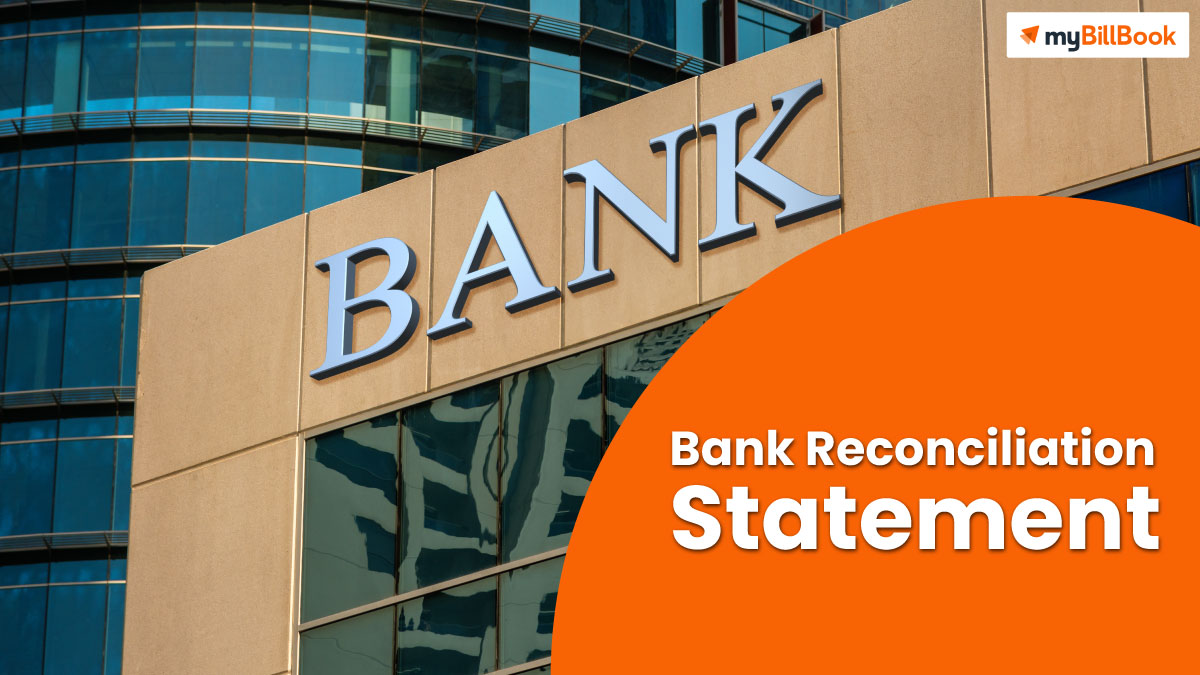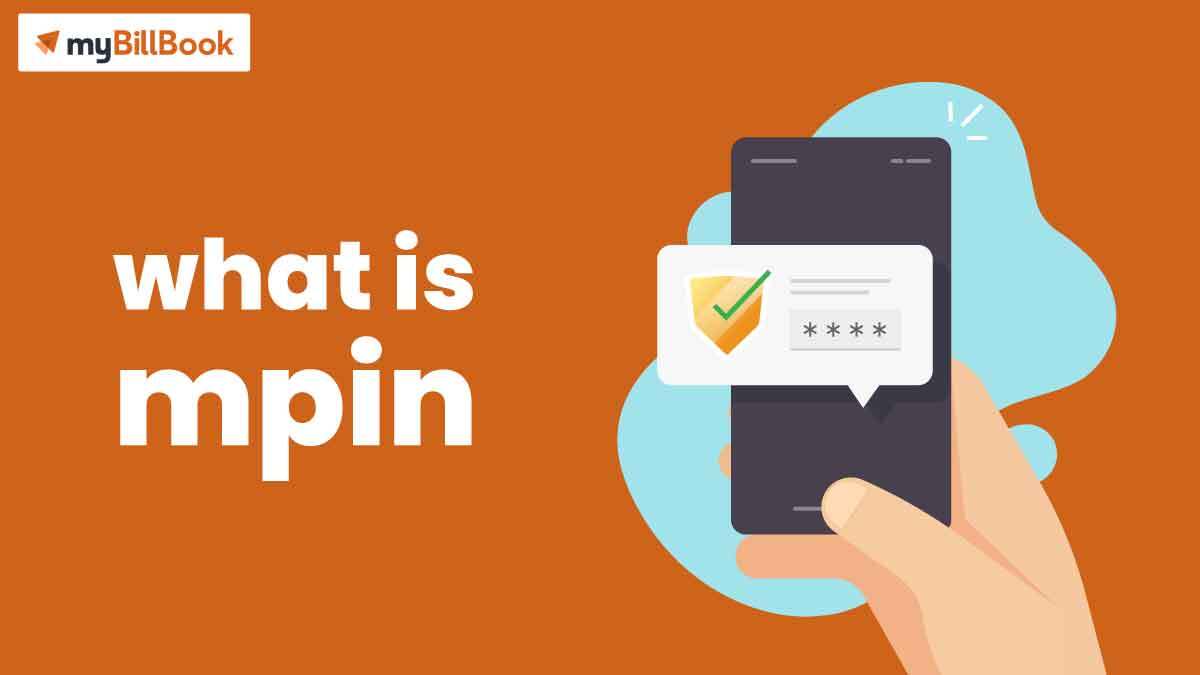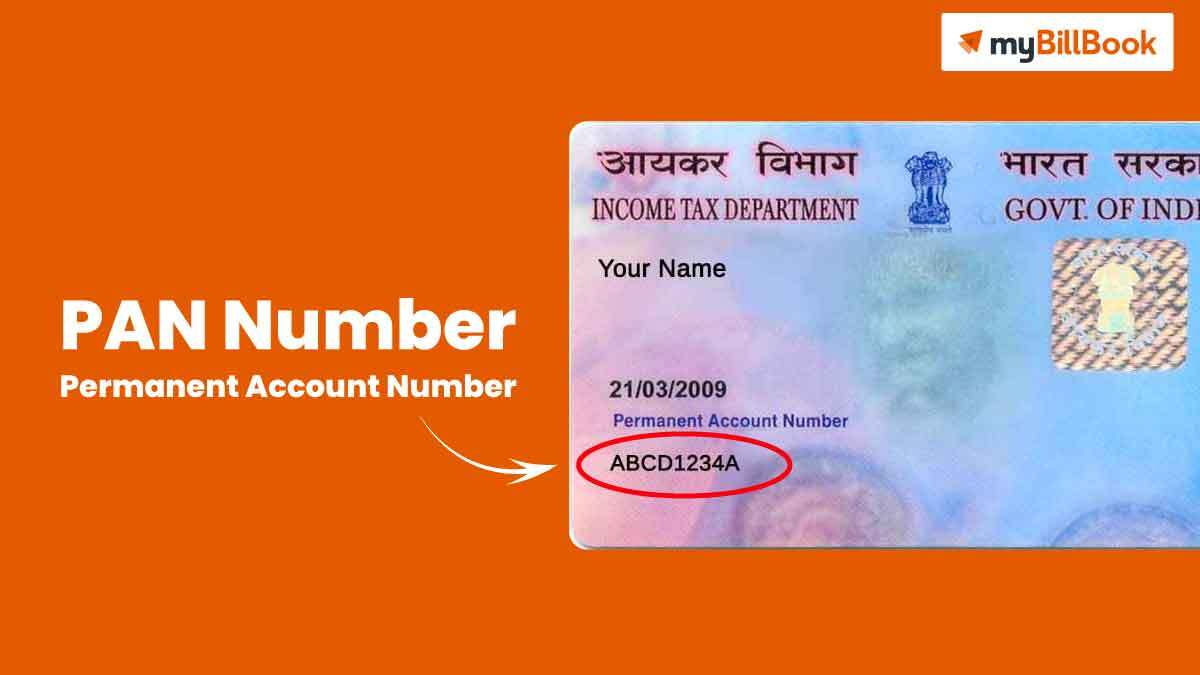What is a Bank Reconciliation Statement(BRS)?
A bank reconciliation statement or BRS summarises a business and banking activity that reconciles an entity’s bank account with its financial records.
The statement defines the withdrawals, deposits, and other tasks affecting a bank account for a specific period. A bank reconciliation statement(BRS) is a beneficial financial internal control tool to prevent fraud.
This blog summarises everything you need to know about bank reconciliation, including all specifics on the bank reconciliation statement.
Why is a Bank Reconciliation Statement Required?
You can use a BRS or a bank reconciliation statement for the following reasons given below:
- There is a difference in the fate of cheque credited and cheque deposited.
- There are cheques issued or received without bank clearance.
- There are errors in the credited or debited transactions from the bank side.
- The date of publishing the cheque towards payment differs from that of debiting.
- You made mistakes in recording the bank transactions in books of accounts, just like banks.
A bank reconciliation statement(BRS) avoids all the problems mentioned above. In addition, these would eliminate the mismatch in the actual bank balance and the closing bank balance in your books of accounts before the complete process of bank reconciliation.
What Are the Prerequisites for Creating a Bank Reconciliation Statement?
You need the following to form a bank reconciliation statement(BRS):
- The previous month’s statement
- The current statement
Note:
As transactions can still happen on the actual statement date, the accountant typically creates the bank reconciliation statement using all the previous day’s transactions.
Creating a Bank Reconciliation Statement
Have a look at the steps involved in the bank reconciliation statement, which are as follows:
Gather All Records
To reconcile your data and create a bank reconciliation statement(BRS), you will need two sets of records:
- Your bank records
- Your company’s records
Your bank records information is available via online banking, a bank statement, or a bank that exchanges data with your accounting software.
Your company’s records will be in your company’s ledger, generally known as its books, stored as a spreadsheet, logbook, or accounting programme.
Check Your Ledger for Mistakes
Go through your ledger and rectify errors before the completion of your bank reconciliation, meaning:
- If you missed deducting bank service charges like late payment, account maintenance, and transfer, go ahead and deduct them from the ledger.
- Suppose you posted a payment that did not reach completion and had amendments later. Check them before adding them to the bank statement.
Compare Your Deposits
Initially, compare the records in the ledger cash account and the company’s bank statement during bank reconciliation. Then check the matching records whether all the records in the ledger match with the bank account statement.
Afterwards, perform the following before finishing with your BRS or bank reconciliation statement:
- Check that your bank statement includes all of your deposits and withdrawals. If something is missing, try to reenter it.
- Compare your books to your bank statements to ensure the correct accounting of every transaction.
Change the Bank Statements
Change the balance on your bank statements to reflect the updated balance by adding deposits in transit, subtracting outstanding checks, and adding/deducting bank errors.
- Deposits in transit are sums received and recorded by a business but not yet recorded by the bank.
- Outstanding checks have been written and recorded in the company’s cash account but not cleared by the bank.
- Bank errors are inaccuracies committed by the bank during the creation of the bank statement and obtained by comparing the general ledger of the cash account to the bank statement.
Make Changes to the Cash Account
Adjust your business account’s cash balances by adding interest or subtracting monthly charges and overdraft fees while performing bank reconciliation.
The charges you need to consider are:
- Bank costs are service charges deducted by the bank to process the business’s checking account activity.
- Non-sufficient funds (NSF) arise when you request a withdrawal from your bank by cheque or pre-authorised debit, and your account does not have enough funds to pay it.
- Cash Account Errors are inaccurate amounts you enter or omit from the records when there are errors in the cash account.
Evaluate the final balances
After revising the balances according to the bank and the books, the corrected amounts should be the same. However, you must go through the bank reconciliation procedure again if they are still not equal.
Once the balances are equal, firms need to produce journal entries for the modifications to the balance per book.
Bank Reconciliation Format
Check out the bank reconciliation statement(BRS) format given below:
Bank Reconciliation Format as on.
Points to Remember:
To solve the problems on Bank Reconciliation Statement, you should note the below-given points:
- The heading of the format will appear as “Bank Reconciliation Statement as on ………………….”
- You must group every item you add to the statement, display it in the inner column, and then bring the total to the outer column for addition (B).
- You must group every item you deduct in the bank reconciliation statement in the inner column and display the total in the outer column for deduction (D).
- A favourable balance is nothing but the passbook will have a credit balance, and the cash book will have a debit balance.
- An unfavourable balance or bank overdraft is nothing but the passbook having a debit balance and the cash book having a credit balance.
Below given are the transactions that generally appear in bank statements but not in the cash account of the company:
- Interest Income: If the organisation has obtained any interest income on its bank account, the company’s cash account has the entry before issuing a bank statement.
- Service Charges: these charges the bank has deducted are not generally known to the company before issuing a bank statement.
A few of my cheques are not showing in the bank reconciliation statement. What should I do?
Suppose your deposits or cheques are unavailable in the bank reconciliation statement, proceed as follows:
- Verify whether you assigned the transaction to the right GL account number (Cash Account).
- Verify that your chequebook has the right GL account number (in the GL account #field on the General button of the Setup>Checkbook dialogue).
- Enter transactions by clicking F5 from the Tasks in the Transaction Entry window.
- From the window of Bank Reconciliation that holds the bank reconciliation statement, select Assign Orphan Checks from the F3 or the Edit menu or right-click the context menu and view if the checks are displayed. If yes, then apply them to the right chequebook.
- If the transactions are still not present in the bank reconciliation statement under the Bank Reconciliation window Tasks, select Rebuild Uncleared Transactions from the F3 or the Edit menu or right-click the context menu.
FAQs on Bank Reconciliation Statement
What is the critical advantage of preparing a bank reconciliation statement(BRS)?
The critical advantage of preparing a bank reconciliation statement is that it is prepared to correct an error in the transaction in the bank statement and cash book.
Why is a bank reconciliation account not considered a ledger account?
Why is a bank reconciliation account not considered a ledger account?
Before I advanced the GL period and entered transactions, the current bank reconciliation statement was in balance. Therefore, I cannot proceed with the bank reconciliation statement. What should I do?
- Choose File from the CSA main window, select the period to process, and set your GL period back to the previous reconciled period.
- Enter the transactions.
- Select Tasks, Bank Reconciliation, and then press the Advance to Next Statement tab.
- Again select File from the CSA main window and then choose Period to Process and advance the GL period to the present period.
What is the key advantage of preparing a bank reconciliation statement?
The key advantage of preparing a bank reconciliation statement is that it is prepared to correct an error that occurs in the transaction that took place in the bank statement and cash book.
Why is a bank reconciliation account not considered a ledger account?
A bank reconciliation account is not considered a ledger account as there are no credit and debit sides like a ledger.






